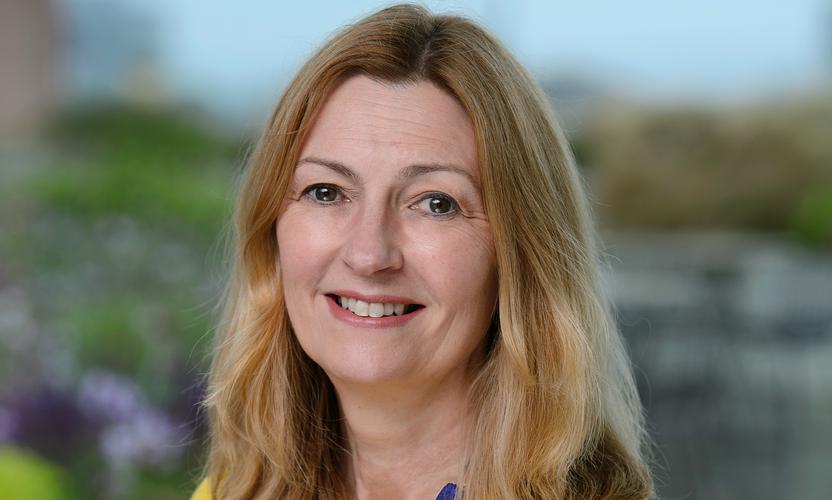The Covid-19 crisis prompted the fastest bear market in history followed by the swiftest rebound, propelled by an unprecedented monetary and fiscal response. On the threshold of 2021, the global recovery hangs in the balance. Central banks will continue to do most of the heavy lifting for the economy if fiscal stimulus proves relatively modest.
Vaccines draw closer, but the economic damage inflicted by the virus is becoming clearer. As this economic reality sets in, investors may start to question whether the policy response is adequate or has overshot, risking higher inflation than desired. If ever there was a time to be nimble and genuinely diversified across regions and asset classes, 2021 is likely to prove the value of this approach.
Market optimism and the economic reality
In 2020, investors consistently chose to believe the best-case scenario, buoyed by liquidity from the Fed and other major central banks. I am concerned that this optimism will not always be matched by the economic reality of 2021. A huge amount of investment has been brought forward to sustain shuttered economies and, given the likelihood of a divided US Congress, a limited fiscal stimulus package could mean a slower recovery. There is a risk in the near term of a double-dip recession in the US if more restrictions are imposed to tackle the virus while the world waits for vaccines to be delivered across populations.
Valuations of some US mega caps appear to be detached from reality, with some stocks trading at over 100 times their earnings. Unless earnings meet current expectations in 2020 and 2021, these stocks remain vulnerable. Any correction could have an outsized impact on the wider market, given the tech giants now account for over a fifth of the index.
Scratch beneath the surface, however, and there are a range of possibilities where valuations have diverged due to the pandemic and longer-term trends. Investors may need to act quickly to capture these bargains in what is still an ‘on/ off’ market. Depending on the virus’s evolution, a vaccine and any policy response, there may be sharp rotations from non-cyclicals to cyclicals or vice versa, though banks and oil companies will remain under structural pressure.
Increased sensitivity to inflation
Limits to fiscal stimulus appear so far to have reduced the risk of higher inflation. But the current disinflationary outlook could change rapidly if the velocity of money rises, there are shortages in the real economy, or there is better than expected growth, perhaps triggered by the swift rollout of vaccines. Moreover, the Fed has signalled its intention to look through inflation that is moderately above target until the US is closer to full employment before considering tighter policy. Other developed market central banks, too, are veering towards a structurally easier policy stance.
Ways to diversify
In the medium term, we expect US dollar weakness to continue while the Fed remains accommodative. This will be positive for non-US markets, especially Asia. China is keeping monetary policy at a more neutral level, having encouraged its banks to show forbearance to companies suffering due to the virus, and is pressing ahead with domestic reforms. This could stabilise earnings in 2021 and may offer a level of diversification for global investors.
Commodities, currencies and use of private markets exposures, where the risk taken is potentially better rewarded, can also help diversify risk and boost returns if the recovery is uneven - especially if developed market government bonds wrong-foot expectations and behave more like a liability than an asset within traditional asset allocation frameworks.
Climate change looks set to be a priority
After a year in which social factors featured highly on government and corporate agendas, climate change looks set to be the sustainability priority in 2021, fortified by the EU’s Green Deal and by US President-Elect Joe Biden’s evident support. Expectations are high about what could be achieved to speed up decarbonisation at the UN climate change summit in late 2021.
At Fidelity International, environmental, social and governance (ESG) considerations are integral to our bottom-up investment approach and are expressed in the forward-looking ESG ratings we assign to companies. Those that take ESG seriously outperformed during the crisis and beyond. The more that firms do the right thing, the more they attract stable capital flows, which leads to better outcomes for the company, for investors, and for society.
To conclude, uncertainty over vaccine timings, the effects of monetary and fiscal stimulus, as well as earnings growth, may cause pockets of market volatility in 2021. Where there is crisis, there is also opportunity. But when markets price in overt optimism, I remain alert to reality having a great deal to prove.








































